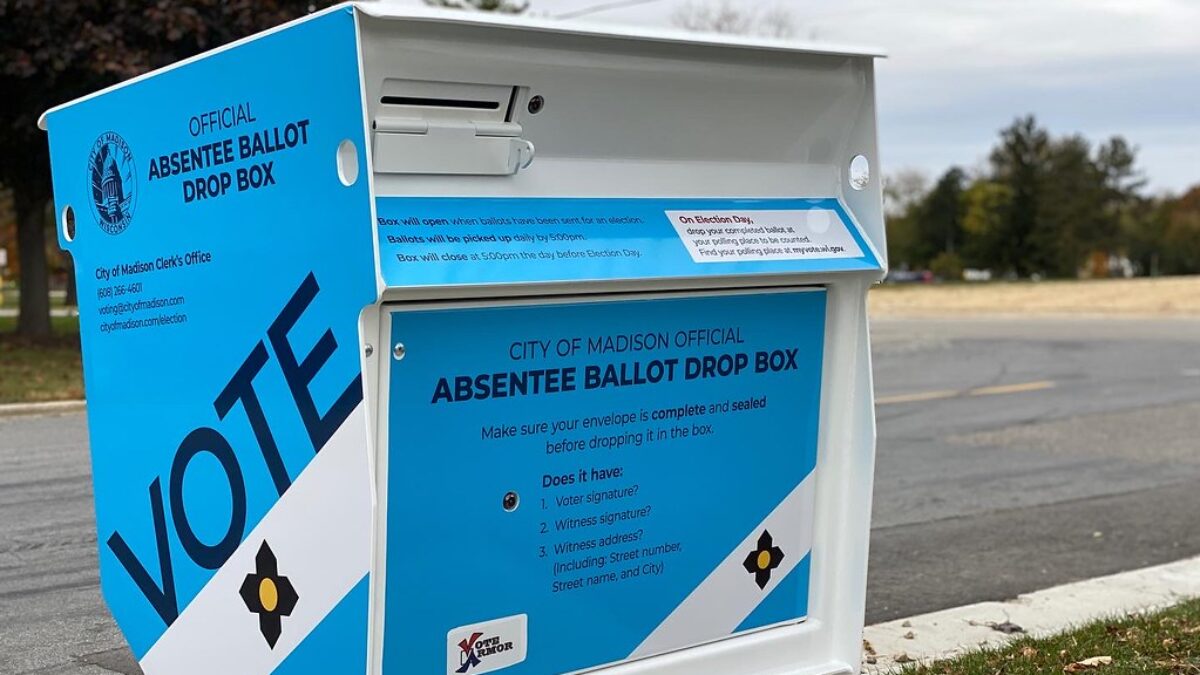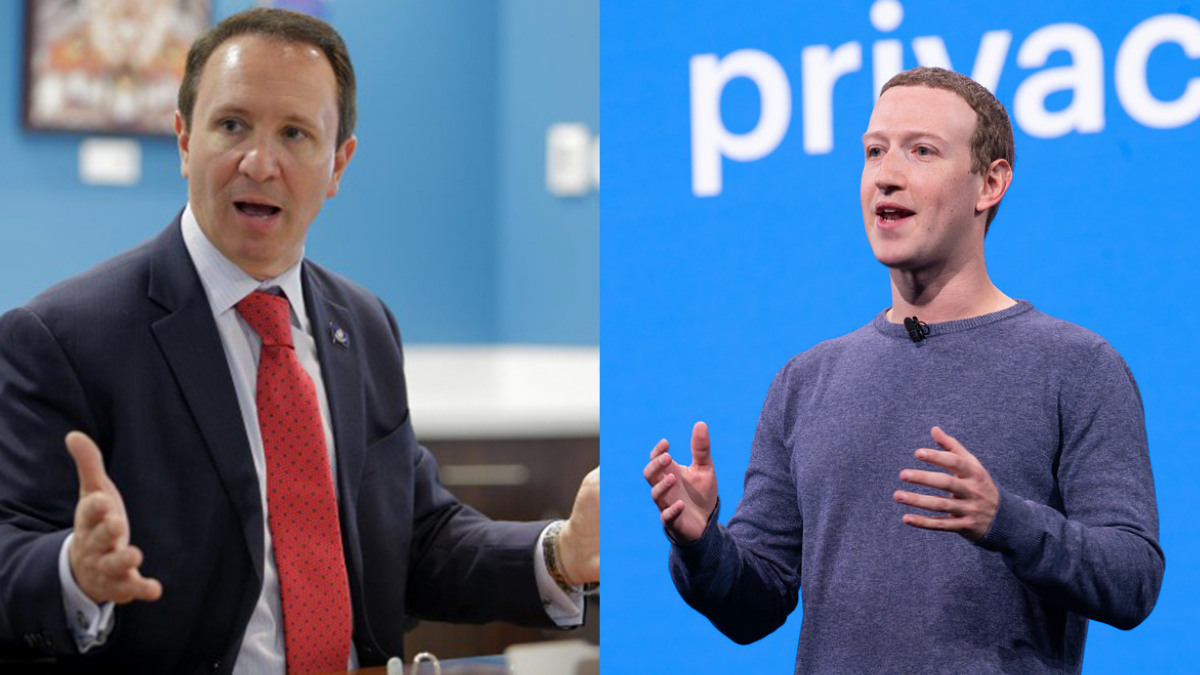
On Thursday, a prediction this publication made eight months ago came true, as Rep. Alexandria Ocasio-Cortez (D-N.Y.) drew a Democratic primary challenger in her re-election campaign. Her challenger, New York City Councilman Fernando Cabrera, claimed Ocasio-Cortez’ role helping to scuttle a deal for Amazon to create a second headquarters in Long Island City prompted him to enter the race.
The development echoes a February column in this publication, which argued that scaring away a major economic boost to her area (albeit one funded by crony capitalist tax breaks), her willingness to support challenges to other incumbents, and her far-left agenda would open the first-term congresswoman to an intraparty challenge.
The lean of Ocasio-Cortez’ district makes her real challenge come from the primary, as opposed to the general, election. The Cook Political Report rates her district as having a 29-point in-built advantage for Democrats. In the past four election cycles, Ocasio-Cortez and her predecessor, Rep. Joe Crowley (D-NY), won the general election with at least 75 percent of the vote. While several Republicans have declared to run for Ocasio-Cortez’ seat, they have little realistic shot of success—the party didn’t even bother to field a challenger to Crowley in 2014.
But what if conservatives and Republicans wanted to employ some “strategery” in Ocasio-Cortez’ district? Some on the right may believe that, because a Republican has no realistic shot at winning that seat, it would benefit conservatives to keep Ocasio-Cortez exactly where she is—highlighting her socialistic positions, and creating headaches for moderate Democrats and party leaders alike. Conservatives who arrive at such a conclusion could “help” Ocasio-Cortez in a potential primary in at least three ways.
Tactic 1: Helpful Ads
Former Sen. Claire McCaskill (D-MO) wrote the book on this front. In her memoir, an excerpt of which Politico published, she explained how she meddled in the 2012 Republican Senate primary, in an attempt to pick the opponent she considered the easiest to beat:
I began to consider whether it would be useful to help [Missouri Republican Congressman Todd] Akin spread his message, keeping in mind that he was the weakest fundraiser out of the three potential nominees….Using the guidance of my campaign staff and consultants, we came up with the idea for a ‘dog whistle’ ad, a message that was pitched in such a way that it would be heard only by a certain group of people. I told my team we needed to put Akin’s uber-conservative bona fides in an ad—and then, using reverse psychology, tell voters not to vote for him. And we needed to run the hell out of that ad. [Emphasis in the original.]
McCaskill did just that, spending more money to promote Akin in the last two weeks of the Republican primary than he spent on his entire primary campaign. When, not two weeks after he won the Republican primary, Akin talked about “legitimate rape” in a discussion about abortion, McCaskill had all-but-guaranteed herself a second term in the Senate. (She did not win a third.)
Admittedly, the tactics McCaskill used in the Missouri Republican primary might not work as well in a primary against Ocasio-Cortez. In 2012, McCaskill’s three potential Republican opponents were relatively unknown. She ran her “reverse psychology” ads in large part to boost Akin’s name recognition.
By contrast, Ocasio-Cortez would almost certainly have higher name ID than any primary challenger. In fact, a primary may end up being a referendum on her, much as she made her primary against Crowley a referendum on the way he had taken his constituency for granted in recent years. Nevertheless, conservatives could still find issues and messaging points that could bolster Ocasio-Cortez’ candidacy—or run “oppo ads” highlighting her primary challengers’ weaknesses.
Tactic 2: Have Republicans Vote in the Democratic Primary
As noted above, Republicans have little chance of capturing Ocasio-Cortez’ seat in a general election—particularly in a year like 2020, where the presidential campaign will bring New York Democrats out of the woodwork to vote against President Trump. However, they could potentially exercise significant influence by voting in a low-turnout Democratic primary.
In the 2016 general election, Crowley’s Republican challenger, Frank Spotorno, received a total of 30,545 votes. By comparison, in beating Crowley in the Democratic primary last summer, Ocasio-Cortez received a total of only 16,898 votes to Crowley’s 12,880.
Granted, a 2020 primary against Ocasio-Cortez would likely not be the sleepy, low-key affair that defined last year’s Democratic primary (until Crowley went down to his shock defeat). But if half, or even a third, of registered Republicans vote in the Democratic primary, they could have a sizable effect on its outcome.
New York law would both help, and hurt, Republican attempts to “infiltrate” a Democratic primary. State law authorizes “closed” primaries—ones in which individuals must register with the party weeks in advance of the primary election date. Because Republicans cannot just show up on election day and vote a Democratic ballot, as in Michigan and other “open” primary states, an effort to have Republicans switch parties (and potentially switch back after Ocasio-Cortez’ primary) would require a significant amount of lead time, organization, and therefore money.
However, New York will hold its presidential primaries well in advance of the congressional primaries. At present, its presidential primaries are scheduled for April, with congressional and other primaries scheduled for June 23. (Gov. Andrew Cuomo has proposed holding presidential and other primaries on the same day, but lawmakers have said they are uninterested in returning for a special session to do so prior to next year’s elections.)
This dynamic reduces turnout for the congressional primary elections, making it much easier for a small but committed band of voters (e.g., Republicans voting in a Democratic primary) to influence the outcome. It also means that Republicans who want to support President Trump in a presidential primary (should he have one) would not need to forfeit their right to do so. They could vote in the Republican presidential primary, then switch their party registration to vote for Ocasio-Cortez in the Democratic congressional primary.
Tactic 3: A Third-Party Endorsement
Unique among most states, New York employs fusion voting, in which candidates can run on multiple ballot lines. Crowley ended up subject to this dynamic last year. Following his primary defeat, he remained on the Working Families Party line—an endorsement he had accepted before Ocasio-Cortez beat him in the Democratic primary—because state law makes it difficult for candidates to renounce a position on the ballot that they have already accepted. (In the November general election, Crowley received a total of 9,348 votes to Ocasio-Cortez’ 110,318.)
The Conservative Party, the Working Families Party, the Green Party, or all of the above could endorse Ocasio-Cortez, and she could campaign in the general election on these ballot line(s) even after having lost a Democratic primary. Whether she would do so, particularly after attacking Crowley for staying on the Working Families line last year, remains unclear.
The scenarios above might seem like conjecture or fantastical speculation. However, given the attention she has drawn since her victory over Crowley last June, you can bet that political consultants on both the left and the right are considering these, and potentially other, scenarios regarding Ocasio-Cortez.
It wouldn’t surprise this observer one bit to see a party organization like the National Republican Congressional Committee, an outside interest group, or even President Trump’s re-election campaign, spend dollars to bolster Ocasio-Cortez in a primary. For the relatively low price of “only” a few hundred thousand, or perhaps a couple of million, dollars, conservatives could maintain a bogeyman with the potential to vex moderate Democrats—and juice donations from right-leaning activists outraged by Ocasio-Cortez’ antics—for years to come.









